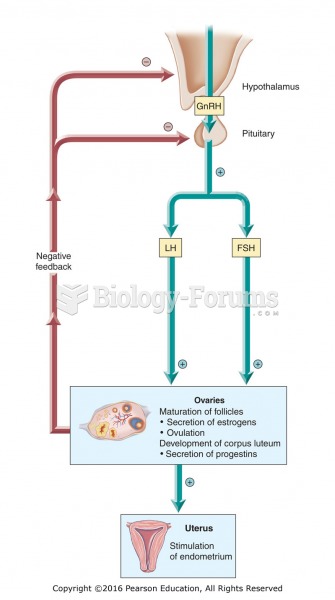Answer to Question 1
Responses should consider:
Female orgasmic disorder is a sexual problem in which a woman rarely or never reaches orgasm, or orgasms are delayed. It's also known as inhibited female orgasm or anorgasmia.
- Causes:
- Organic or psychological causes may include hormonal imbalances, use or abuse of alcohol or other recreational drugs, or side effects of prescription medications. Alcohol is a central nervous system depressant; moderate to heavy amounts of alcohol interfere with the body's ability to respond to sexual stimuli.
- One recent cause is side effects of the new class of prescription antidepressant medications known as SSRIs. They are prescribed for depression and other psychological difficulties. Most of these medications have been shown to produce sexual side effects in some users, the most common of which is delayed or inhibited orgasm in both men and women.
- As a treatment, sexual self-exploration through masturbation can be a powerful tool for a woman to discover that she is capable of achieving orgasms and where and how she needs to be touched to achieve them. Sometimes using a vibrator along with masturbation can assist a woman who has never or rarely experienced orgasm by providing maximum stimulation, leading to more predictable orgasms.
- Once a woman is reasonably comfortable with her own body and her ability to have orgasms, non-demanding sexual exercises, such as sensate focus, can begin to include her partner. As part of their sensate focus program, Masters and Johnson developed a specific position to allow the woman to guide her partner in ways of touching and pleasuring that provide the sensations and stimulation that are most effective for her. Not only does this exercise help inform her partner about what feels best to her, but it also tends to enhance closeness and communication in general. When the woman is comfortable with her ability to have orgasms through sensate focus exercises, intercourse may be resumed. If the goal for the couple is for both to reach orgasm during intercourse, this is now usually accomplished through the addition of manual stimulation by either partner to the clitoral area during penetration.
Answer to Question 2
Answer: B






